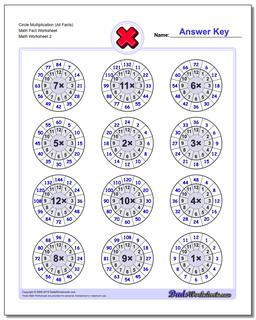
- #How to type a circle for a multiplication dot full
- #How to type a circle for a multiplication dot code

The partition sign is also used to separate book and chapter titles when they are mentioned consecutively: book first and then chapter. Titles and other translated words are not similarly marked: Genghis Khan and Elizabeth II are simply 成吉思汗 and 伊利沙伯 二世 or 伊麗莎白 二世 without a partition sign.
#How to type a circle for a multiplication dot full
Bùshí) and the full name of the prophet Muhammad as 阿布 Thus, William Shakespeare is signified as 威廉

When the Chinese text is romanized, the partition sign is simply replaced by a standard space or other appropriate punctuation. In particular, the regular interpunct is more commonly used as a computer input, although Chinese-language fonts typically render this as full width.
#How to type a circle for a multiplication dot code
This is properly (and in Taiwan formally) a full-width partition sign (Unicode code point U+2027, Hyphenation Point), although sometimes narrower forms are substituted for aesthetic reasons. The interpunct is used in Chinese (which generally lacks spacing between characters) to mark divisions in transliterated foreign words, particularly names. It appears in Unicode as the pre-composed letters Ŀ (U+013F) and ŀ (U+0140), but they are compatibility characters and are not frequently used or recommended. There is no separate keyboard layout for Catalan: the flying point can be typed using ⇧ Shift+ 3 in the Spanish (Spain) layout. as a marker for certain elisions, much like the modern apostrophe (see Occitan below) and hyphenations.Historically, medieval Catalan also used the symbol In situations where the flying point is unavailable, periods (as in col.lecció) or hyphens (as in col-lecció) are frequently used as substitutes, but this is tolerated rather than encouraged. This distinguishes such " geminate Ls" ( ela geminada), which are pronounced, from "double L" ( doble ela), which are written without the flying point and are pronounced. The punt volat ("flying point") is used in Catalan between two Ls in cases where each belongs to a separate syllable, for example cel The dot is placed at the beginning of a word. In the Shavian alphabet, interpuncts replace capitalization as the marker of proper nouns. In the early modern era, full stops (periods) were sometimes written as interpuncts (for example in the handwritten Mayflower Compact). The space dot is still used by some in handwriting. However, this usage had already been declining since the 1968 ruling by the Ministry of Technology to use the full stop as the decimal point, not only because of that ruling but also because it is the widely-adopted international standard, and because the standard UK keyboard layout (for typewriters and computers) has only the full stop. When the pound sterling was decimalised in 1971, the official advice issued was to write decimal amounts with a raised point (for example, £21♴8) and to use a decimal point "on the line" only when typesetting constraints made it unavoidable. Its use was advocated by laws and can still be found in some UK-based academic journals such as The Lancet.

In British typography, the space dot was once used as the formal decimal point. Bradford's transcription of the Mayflower Compact


 0 kommentar(er)
0 kommentar(er)
